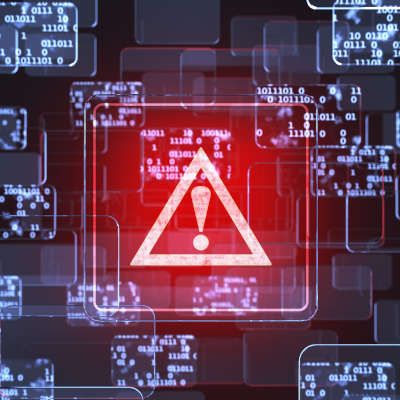
2020 has been filled to the brim with adversity and just as we’ve mercifully arrived to the end, the largest and most brazen cyberespionage attack ever has been carried out. Today, we’ll tell you what we know about the attack, what problems it caused, and what we should learn from it going forward.
How Did the Attack Happen?
In short, an IT management company known as SolarWinds was breached back in March, affecting a massive number of organizations—18,000 in all. These organizations include the likes of Microsoft, Cisco, and FireEye, as well as many states and federal organizations, including:
- The U.S. Department of State
- The U.S. Department of the Treasury
- The U.S. Department of Homeland Security
- The U.S. Department of Energy
- The U.S. National Telecommunications and Information Administration
- The National Institutes of Health, of the U.S. Department of Health
- The U.S. National Nuclear Security Administration
When the attackers gained access to SolarWinds’ network, they were able to use what is known as a supply chain attack to introduce their malware to these departments and organizations by pushing it through the company’s automatic software update system for their Orion products. These kinds of attacks can be particularly effective since the threat is introduced to an environment via a trusted application.
Making this situation worse, many SolarWinds customers had excluded Orion products from their security checks on SolarWinds’ recommendation to prevent their other security products from shutting them down due to the malware signatures that these security products contain.
While (at the time of this writing) it is unclear what the attackers responsible used this access to do, the potential ramifications are truly terrifying. While government departments were targeted, it also needs to be said that this attack could have potentially continued from the major providers like Microsoft and Cisco to their clients, and so on and so forth. That’s why there is still no estimate of this attack’s true scope.
This attack was seemingly only discovered when an employee at FireEye received an alert that their VPN credentials had been used from a new device, and a little digging revealed the much larger situation playing out.
This Wasn’t the Only Attack, Either
Another attack was also discovered on SolarWinds’ network when the company performed an internal audit of its systems. On December 18, a second malware was found to have used the same tactic to infiltrate SolarWinds, but as of this writing does not seem to come from the same source.
What This Needs to Teach Us
Frankly, the most important lessons to be learned here are painfully obvious. First off, cybersecurity needs to be prioritized above all else, and all potential threats should be considered a likelihood. After all, the U.S. government was warned about the viability of exactly this kind of threat back in 2018 by the Government Accountability Office.
Secondly, the concept of your employees being a huge part of your cybersecurity strategy needs to be reinforced. This was only discovered when an employee was alerted of unusual activity and took that alert seriously. Your team needs to know what they are looking out for, and how to proceed if they spot it.
We may not know the scope of these attacks for a while. That shouldn’t stop you from reaching out to the IT professionals at GeekBox IT to get an assessment and a consultation. Call us today at (336) 790-1000 to get started protecting your network, infrastructure, and data.
